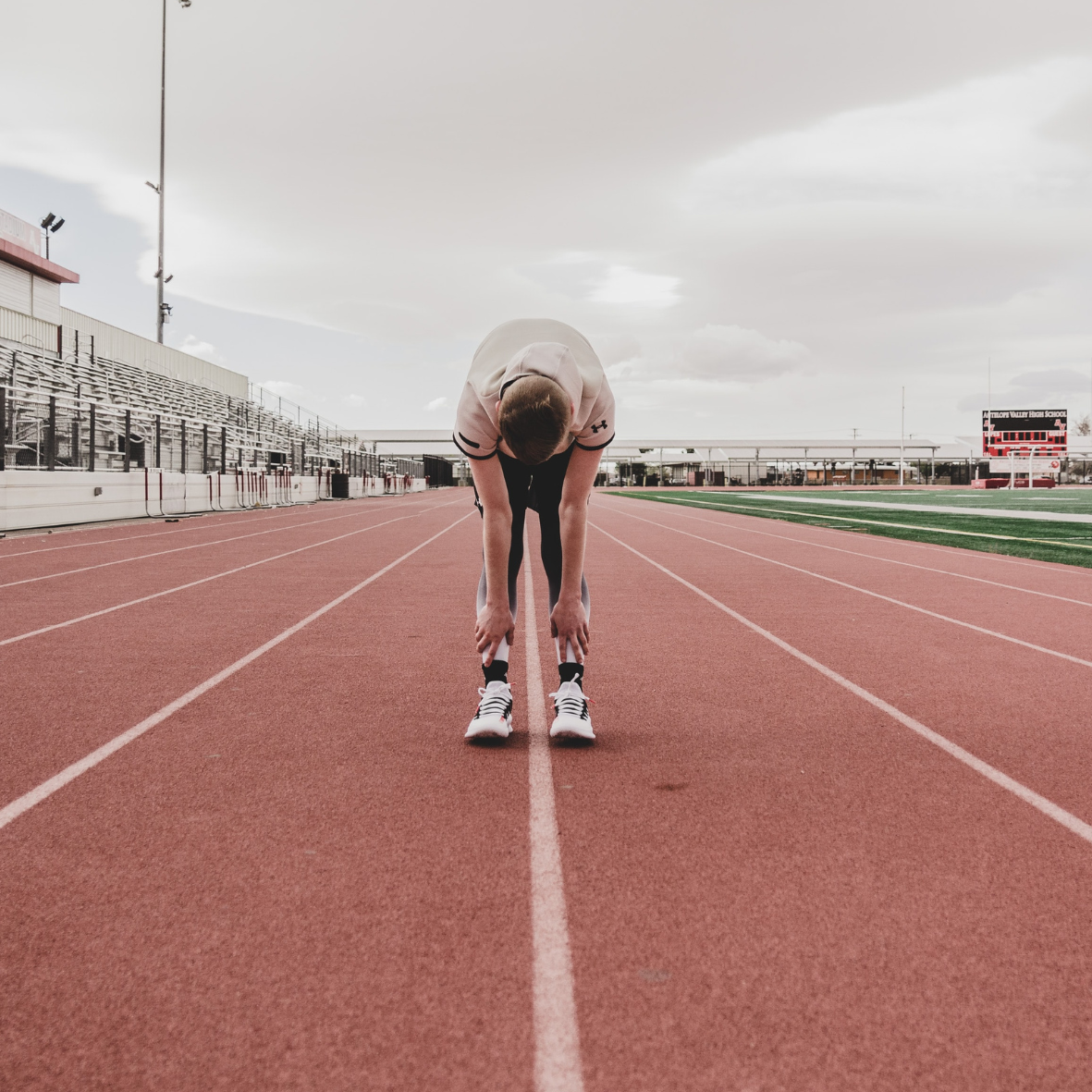Muscle Cramps – A Pain In The Arse
We’ve all been there, you have done the miles, the early morning slogs and you have spent heaps of time and money trying to prep yourself for a race.
Perhaps it gets off to a good start, you're on for a PB, and then BAM, hamstring cramp, game over, you're catching the bus home.
It’s a frustrating experience that you have likely felt at some point, but did you know that cramps are highly avoidable and you can dramatically reduce your risk of a cramp by following some simple steps.
Before we get too far into the weeds, it is probably important to establish what exactly a cramp is. Basically, when we experience muscle cramping, it means that a disruption in the neuromuscular signalling pathway has arisen, especially as it pertains to efferent nerve signals coming from your brain to your muscles, which tell them to either contract or relax.

These occur more so during races for a number of reasons, number one being mechanical muscle failure, we push to the limits in racing scenarios, as we push muscles to their limits, they begin to build up lactate and other metabolic by-products, which interfere with neural signalling, this is a built in protective mechanism so you don’t cycle your way into massive muscle tears. When we think of race intensity, it makes sense that cramps may be more likely, the harder you are working the more lactic acid you accumulate over time, as this builds up it can reach that tipping point for muscle failure.
The training and S&C side of things make a key difference with respect to how the body manages and withstands high levels of stress and lactate exposure. Pushing yourself in training to the point of cramp is an excellent way to avoid disappointing race days.
If you are reading and wondering why I have not mentioned electrolytes yet, then you need to read the other article LINKED HERE about hydration and electrolytes, generally, single muscle cramps are not the result of poor hydration or an electrolyte imbalance, these would cause more systemic issues like total leg or both leg cramping – you can’t be dehydrated in one single muscle alone is how I like to think of it. In this respect, it is key to note that drinking too much or too little, or having too many electrolytes may make a muscle cramp more likely to occur, but are a small part of the puzzle.
Nutritionally speaking, two key considerations would be ensuring that your carb intake is adequate, poor fuel tactics can result in premature lactate accumulation in muscle cells, which can as aforementioned disrupt neural signalling, preventing the “relax” signal and allowing the “contract” signal to prevail. If you feel you might be skimping on the carb front, firstly, you can read our other article on that topic LINKED HERE, secondly, you may want to consider getting some heavy duty carb powders or start layering up drinks, gels, chews etc. on the background of a high carb diet. The second consideration would be excess caffeine, which can lead to muscles becoming hyper-excitable, if you are a bit too keen on the double espressos, this could actually be adding to your problem. A convenient solution to your cramp issues may be transient receptor protein agonists (TRP’s). If you have never heard of these, you are like most, but luckily, we have your back. TRP agonists effectively short circuit your nervous system and hit reset on a prolonged muscle contraction, upon ingestion of crampfix pickle juice or other anti-cramp products, your cramp will dissipate within seconds. Problem solved.
A convenient solution to your cramp issues may be transient receptor protein agonists (TRP’s). If you have never heard of these, you are like most, but luckily, we have your back. TRP agonists effectively short circuit your nervous system and hit reset on a prolonged muscle contraction, upon ingestion of crampfix pickle juice or other anti-cramp products, your cramp will dissipate within seconds. Problem solved.
If you want to beat the cramp, here’s the checklist:
- Do your damn training, and do some S&C on the side for kicks.
- Whack in the carbs, 5g/kg baseline + training costs.
- Drink enough fluid, 35ml/kg + exercise needs.
- Limit your caffeine intake.
- Try the TRP supplements.
Happy training & racing.
E










